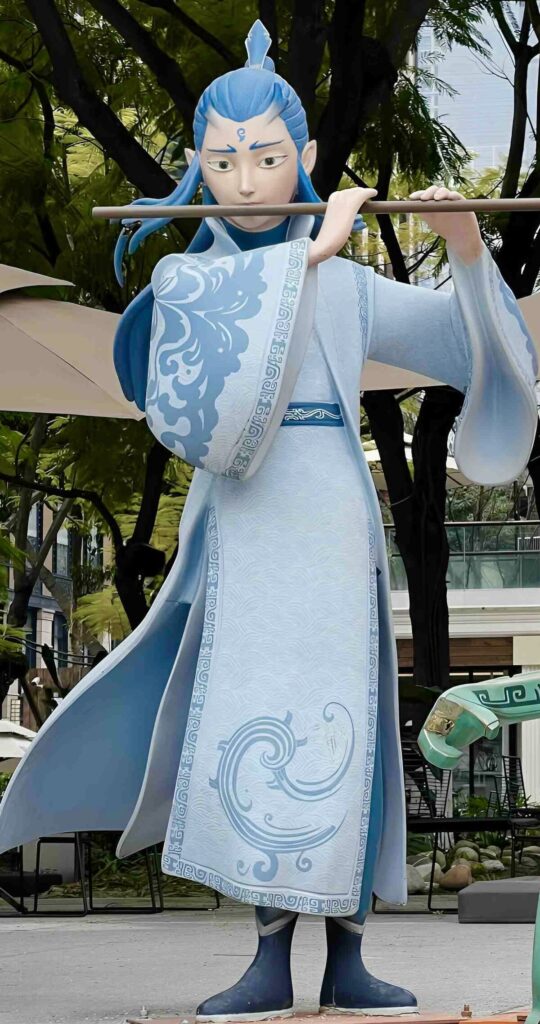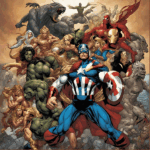The Clash of Legends: Nezha vs. Ao Bing and Western Dragon-Slaying Myths
Dragons have long been symbolic adversaries in mythologies across the world, but their meanings vary dramatically between Eastern and Western cultures. While Eastern tales like Nezha’s battle with Ao Bing often frame dragons as complex, divine beings, Western myths (such as St. George or Beowulf) depict them as chaotic evils to be conquered. This article explores these contrasts—what the dragons represent and how their defeats shape cultural ideals of heroism, morality, and balance.
Dragons as Symbols: Divine Balance vs. Absolute Evil
In the Chinese legend of Nezha and Ao Bing, the dragon prince Ao Bing is not a mindless monster but a dignified opponent bound by fate. His eventual defeat at Nezha’s hands symbolizes the cyclical nature of conflict and the inevitability of cosmic law—even divine beings must submit to greater forces. The story reflects Taoist and Confucian philosophies, where balance, redemption, and duty outweigh simple notions of good and evil.
Conversely, Western dragons—like the one slain by St. George or Grendel’s mother in Beowulf—are often embodiments of sin, greed, or chaos. Their deaths symbolize the triumph of order, often tied to Christian ideals of good vanquishing evil. The knight’s victory reinforces societal values: faith, bravery, and the divine right to dominate untamed nature. Unlike Ao Bing, these dragons lack nuance; they exist only to be destroyed.
The Heroes and Their Legacies: Duty vs. Dominion
Nezha’s fight with Ao Bing is entangled with themes of filial piety and cosmic justice. His rebellion against authority (including the dragon) is ultimately punished, then redeemed, showing that heroism in Eastern myth is a negotiation between personal will and universal harmony. The dragon’s death is tragic, not glorious—a reminder of the cost of defiance.
Western dragon slayers, however, are celebrated without ambiguity. St. George saves a princess and a kingdom; Beowulf’s victories secure his legacy as a protector. Their battles affirm mankind’s dominance over the unknown. Where Nezha’s tale is introspective, Western myths are outwardly triumphant—reflecting cultural priorities of conquest and moral absolutism.
Conclusion: Two Faces of the Dragon, Two Visions of Victory
Eastern and Western dragon-slaying myths reveal stark differences in cultural values. Ao Bing’s defeat is a lesson in humility and balance, while Western dragon slays glorify humanity’s superiority. These stories endure because they speak to deeper truths—whether about harmony with the cosmos or the unyielding fight against darkness. Ultimately, the dragon is a mirror: what it represents depends on who holds the sword.

